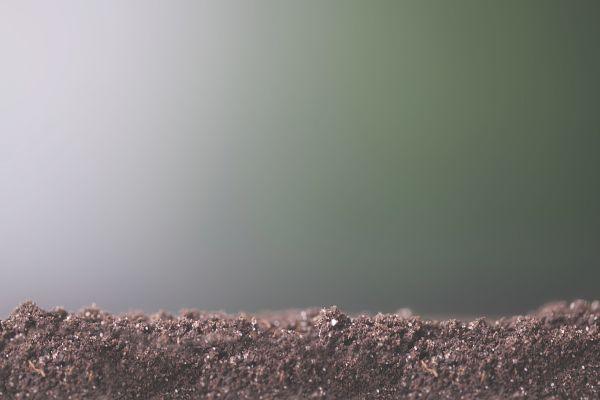

Fulvic acid is a naturally occurring compound that has attracted growing interest for its unique properties and diverse applications. Found in soil and organic matter, it plays a vital role in nature by contributing to nutrient transport and supporting healthy ecological processes. Today, fulvic acid is gaining recognition in the health and wellness space, with increasing use in supplements, skincare, and holistic wellness products.
In this blog, we’ll dive deep into what fulvic acid is, how it works, its health benefits, potential side effects, and the best ways to incorporate it into your daily routine.
Fulvic acid is a type of humic substance, naturally occurring in soil, peat, coal, and bodies of water. It is created through the decomposition of organic material over time, which breaks down into humus—a nutrient-rich component of soil. Fulvic acid is often extracted from these sources to be used in health products, thanks to its rich mineral content and ability to bind to various elements, including vitamins, minerals, and metals.
Fulvic acid is loaded with trace minerals, electrolytes, amino acids, and antioxidants. Some of the key components include:
Fulvic acid is known for its small molecular size and naturally occurring negative charge, which allows it to interact easily with other substances in the environment. These properties make it particularly interesting in the context of nutrient transport and binding processes.
Due to its structure, fulvic acid may assist in carrying various compounds — including minerals and trace elements — in natural systems. It’s also capable of binding with certain unwanted particles, a characteristic that contributes to its growing interest in wellness and detox-focused routines.
There are potential health benefits which are studied yet.
Fulvic acid is also gaining popularity in skincare.
Fulvic acid is available in several forms, including liquid drops, powders, and capsules. The best form depends on your personal needs, but it’s essential to follow the dosage instructions on the product label.
It is important to note that fulvic acid supplements should be taken with adequate water.
Fulvic acid is generally considered safe when used as directed. However, because of its powerful properties, some people may experience mild symptoms when first starting, such as headaches, fatigue, or digestive issues.
As with any supplement, it's always best to consult with a healthcare professional, especially if you have any underlying medical conditions or are taking medications.
One of the most well-known sources of fulvic acid is Shilajit, a resinous substance found primarily in the Himalayas. Shilajit is prized for its high concentration of fulvic acid and other beneficial compounds. It has been used in traditional Ayurvedic medicine for centuries for the mind and body.
When purchasing Shilajit, it's essential to look for products with a high concentration of fulvic acid, ideally between 60-80%.
Fulvic acid is a naturally occurring compound known for its complex structure and mineral content. Its versatility and presence in nature make it an interesting addition to modern wellness routines — especially in a time where balanced nutrition and environmental awareness are increasingly relevant.
Whether sourced on its own or through natural substances like Shilajit, fulvic acid can be incorporated into daily habits as part of a broader approach to mindful living and self-care.
Share:
Why Surya Tapi (Sundried) Shilajit & what is it?
Mountain sweat? Discover the secret of the mountains